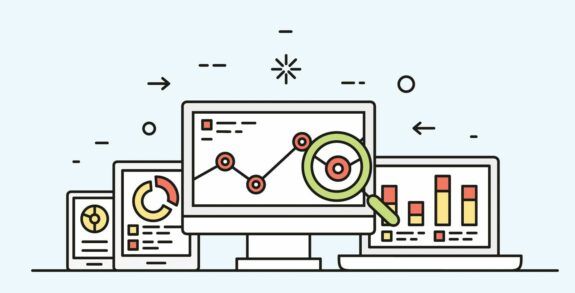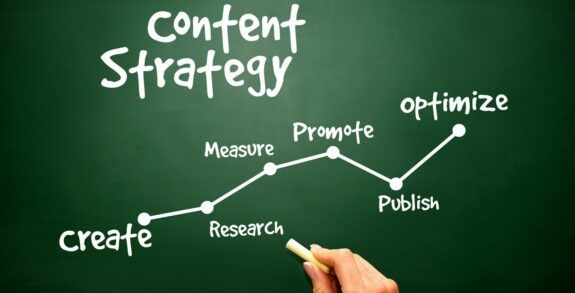What are the Top Metrics for Customer Retention?

Customer retention is a very important aspect of every business. The general rule of thumb is that it costs five times as much to attract a new customer compared to retaining them. Additionally, studies have shown that for each 1% you can increase your customer retention rate, your profits increase by 5%. That is why many of the top web development companies are aware of what the top metrics for customer retention are and track them to ensure they are keeping customers happy and engaged.
Today we wanted to share our insights about the Top Metrics for Customer Retention. By monitoring them regularly you can more easily find areas to improve your customer interactions which will lead to higher retention rates and greater profitability for your business.
Importance of Customer Retention
As we mentioned, there is a tremendous amount of value in retaining customers when it comes to profitability. Having an existing strategy for customer retention can also help you:
- Enhance your brand’s reputation
- Help identify problems customers have with processes or policies
- Build better relationships with customers
- Easily identify referral opportunities
- Reduce marketing costs
Customers are typically the most important asset any business has which is why it is important to treat them as such!
Top Metrics for Customer Retention
These are the top metrics businesses should be tracking in regards to customer retention. By understanding what these metrics are and how to calculate them, you gain a better understanding of how difficult or easy transactions are from the customer’s perspective. Just because you think something is easy or simple doesn’t always mean they do!
- Customer Satisfaction Score – This metric is very important in understanding how happy customers are with your products or services. Typically this is rated with a simple scale such as 1 to 10 or 1 to 5 using questions rating general satisfaction, which allows a simple calculation to a percentage rate. This metric can be obtained with post-purchase surveys or questionnaires. Ideally, your score should be 80%+ when it comes to customer satisfaction. If your score is lower, then additional questions need to be asked to determine what is preventing higher levels of satisfaction.
- Customer Effort Score – This metric describes how much effort a customer has to put forth before receiving goods or services. Again, surveys and questionnaires are the best way to obtain this information which is vital to understanding how customers feel about their journey. A simple 1 to 5 scale with 1 indicating low effort needed works well. Ideally, your target score will be 1 and anything above a 2 should be investigated.
- Net Promoter Score – This metric relates how likely a customer is to recommend your products or services to a friend. It has become increasingly important, especially to businesses that rely on word-of-mouth marketing. Typically the rating scale used is 0 to 10 with 0 being not likely to recommend products or services to anyone. The analysis used for this category is a bit different in that you group scores together with 0-6 being Negative, 7-8 being Passive, and 9-10 being Positive. Then you subtract the Negatives from the Positives, ignoring the Passives, to reach a Net Score. Anything above 50 is good however some of the most liked businesses have scored in the 80-90 range.
- Churn Rate – This metric is based on the number of customers you lose over a specific period of time. The easiest way to measure it is to divide the number of customers you lost in a given month by the number of customers you had at the end of the prior month. Ideally, you want your churn rate to be less than 10%.
- Expansion Revenue – This metric lets you know the percentage of revenue that is from your existing customers compared to new customers. The percentage is calculated by taking the total new revenue from any upselling and cross-selling in a given month and dividing it by the total revenue at the end of the prior month. Ideally, this rate is higher than or as high as your churn rate, effectively offsetting customer loss. If not then it indicates you should add focus to existing customer re-targeting for additional products or services.
Tips for Obtaining Metrics
One of the best methods for obtaining these valuable metrics from customers is by using surveys. We wanted to share a few resources to get you started if you aren’t well-versed in the use of surveys:
The Bottom Line
The bottom line is that understanding what the topic metrics are for customer retention is important so that you can craft a solid customer retention strategy. Customers are often the most important asset a business has so ensuring that they are happy with your products, services, and the journey it takes to obtain them should be a priority if you value long-term success and increased profitability.
Be sure to check back every week for great new Lounge Lizard blog articles.





